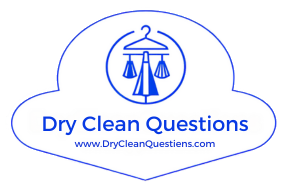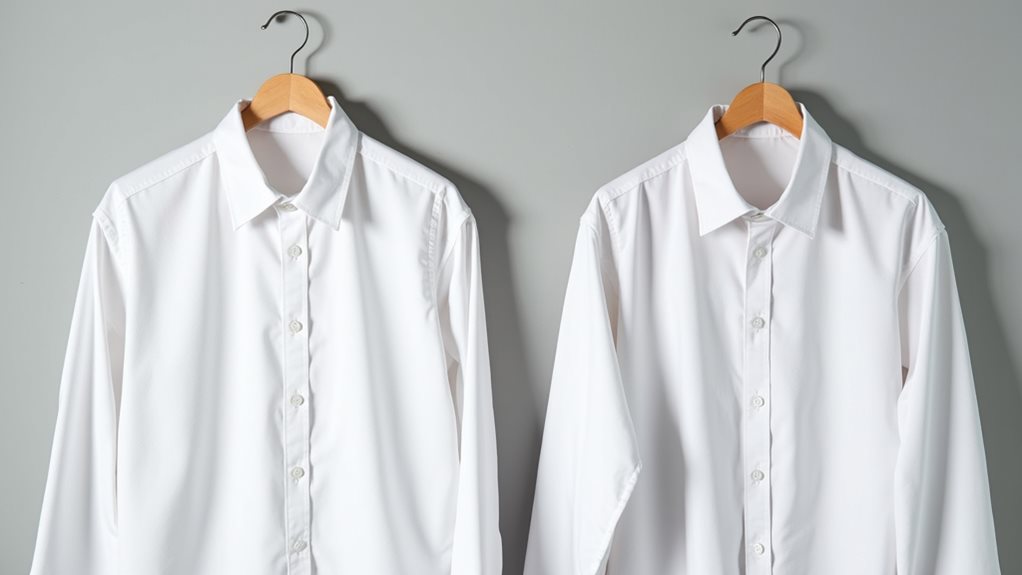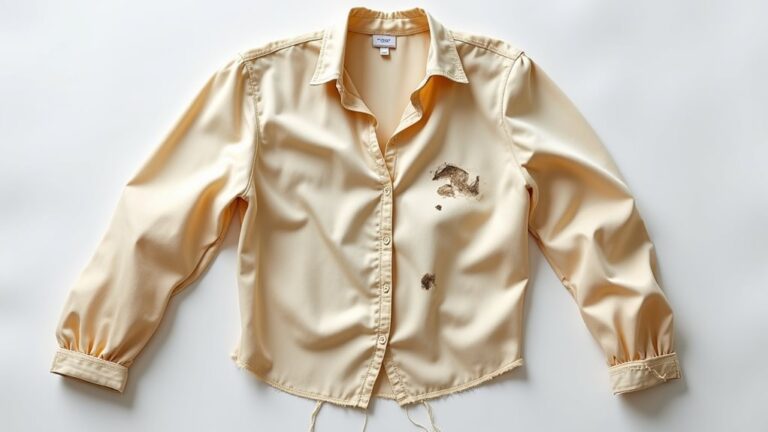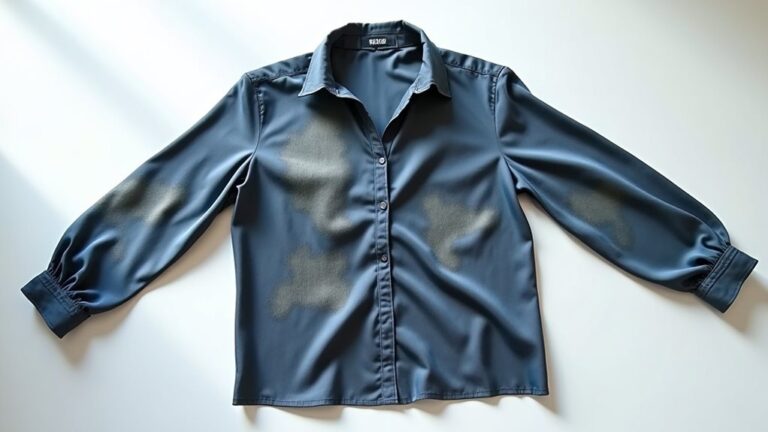Dry cleaning isn’t universally better than washing, but it’s your best friend when dealing with delicate fabrics like silk, wool, or structured garments with intricate details. While traditional washing uses water that can shrink or damage these precious pieces, dry cleaning’s chemical solvents gently remove oil-based stains and preserve color retention. Sure, it’s pricier and has environmental concerns, but for your favorite blazer or that silk dress, it’s often worth every penny to maintain their crisp appearance and extend their lifespan through proper care.
Understanding the Dry Cleaning Process
While most of us toss our everyday clothes into the washing machine without a second thought, dry cleaning operates on an entirely different principle that can seem almost magical when you first understand it.
The dry cleaning process starts when your professional cleaner examines your garments, pre-treating stubborn stains and odors before placing them in specialized machines. Instead of water, these machines use liquid solvent that gently circulates through delicate fabrics, effectively removing oil-based stains without causing shrinkage or damage.
After the cleaning cycle, any remaining spots get targeted attention through post-spotting techniques.
The most common solvent used is perchloroethylene, though many cleaners now offer eco-friendly alternatives like hydrocarbon or liquid CO2 for environmentally conscious customers.
Finally, the pressing and finishing stage transforms your clothes into crisp, perfectly shaped garments that maintain the longevity of your favorite pieces.
Fabrics That Benefit Most From Dry Cleaning
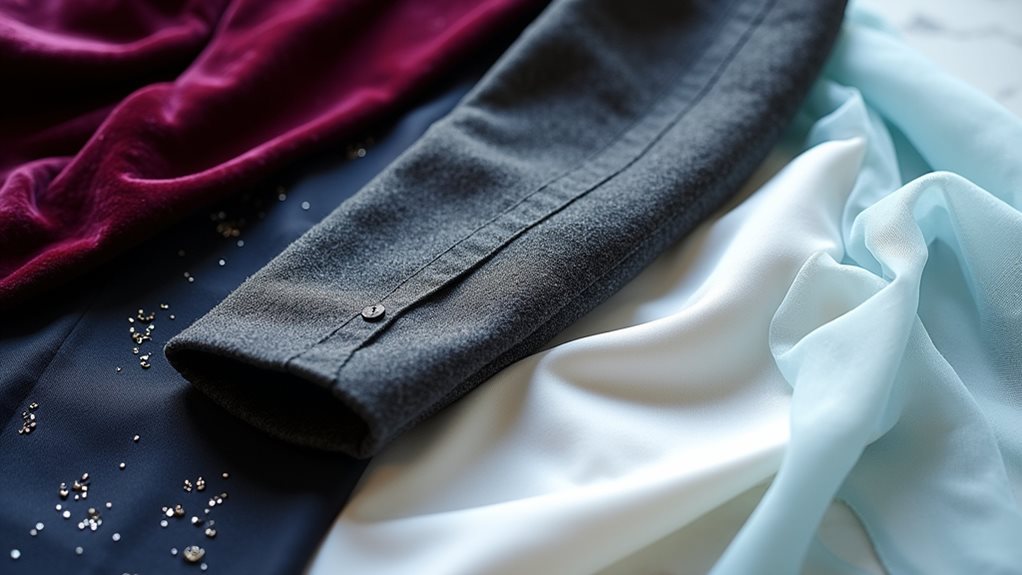
You’ll discover that certain fabrics practically beg for dry cleaning’s gentle touch, especially those delicate natural fibers like silk and wool that can turn into expensive disasters when they meet your washing machine’s aggressive cycles.
I learned this the hard way when my favorite cashmere sweater emerged from a “quick wash” looking like it belonged on my niece’s doll 😅, which taught me that structured garments with pleats, customized shapes, or intricate details need professional care to maintain their crisp lines and intended silhouette.
When you’re dealing with fabrics that cost more than your monthly coffee budget, or pieces with embellishments that could scatter like confetti in a regular wash, dry cleaning becomes less of a luxury and more of a smart investment in preserving what you love.
Beyond clothing, many household items like curtains and comforters also benefit from professional dry cleaning, particularly when dealing with care labels that specify this cleaning method to maintain quality and appearance.
Delicate Natural Fibers
Why do some fabrics seem to practically whisper “handle with care” when you touch them? These delicate natural fibers—silk, wool, cashmere, and velvet—aren’t being dramatic; they’re genuinely fragile.
When you expose these fabrics to water, you’re basically asking for trouble: shrinkage, distortion, and that heartbreaking moment when your favorite sweater becomes doll-sized 😅.
Dry cleaning becomes your fabric’s best friend here, gently removing oil-based stains that regular washing can’t tackle.
I’ve learned this lesson the hard way with a cashmere scarf that turned into expensive felt after one unfortunate washing machine encounter.
The solvents used in dry cleaning preserve the natural oils in materials like suede and leather, preventing that awful cracking and stiffening.
Proper maintenance through professional cleaning keeps these treasures looking luxurious longer.
Unlike water-based washing, dry cleaning uses chemical solvents that effectively clean delicate fabrics while maintaining their original texture and preventing color bleeding.
Structured Garment Preservation
Although delicate fibers need gentle care, structured garments face an entirely different challenge—maintaining their architectural integrity through countless wears and cleanings.
Your favorite blazer, with its carefully constructed shoulders and precise lapels, literally depends on dry cleaning to preserve its professional silhouette. When water hits structured garments like suits and coats, it’s like watching a masterpiece slowly melt—the interfacing weakens, shoulders lose their shape, and that perfect fit you loved transforms into something sadly shapeless.
I’ve learned this lesson the hard way (twice, embarrassingly enough 😅), watching expensive jackets become unwearable after misguided attempts at home washing.
The chemical solvents used in dry cleaning effectively dissolve oils and grease without the water damage that destroys garment construction.
Dry cleaning maintains the quality and lifespan of these fabrics by avoiding water damage entirely, keeping your investment pieces looking sharp and professional for years.
Key Differences Between Dry Cleaning and Traditional Washing

When you’re standing in your closet wondering whether to toss that silk blouse in the washing machine or make a trip to the dry cleaner, you’re fundamentally choosing between two completely different cleaning philosophies that treat your clothes in vastly different ways.
Traditional washing relies on water and detergent to break down dirt and stains through agitation, which works beautifully for your everyday cotton t-shirts but can be like sending your delicate fabrics through a gentle tornado 🌪️.
Dry cleaning, on the other hand, uses chemical solvents instead of water, creating a cleaning environment that’s more like giving your garments a careful, controlled spa treatment rather than the rougher love they get in your washing machine.
The solvent bath process is particularly effective at removing oil-based stains that water simply cannot eliminate, making it the superior choice for certain types of stubborn marks on your favorite garments.
Solvent Versus Water Methods
While dry cleaning and traditional washing might seem like simple laundry choices, they’re actually fundamentally different processes that can make or break your favorite garments.
You’ll find that dry cleaning relies on chemical solvents used instead of water and detergent, which makes it incredibly effective for delicate items like silk blouses or wool suits.
Traditional washing works great for everyday fabric types, but when you’re dealing with tough stains on sensitive materials, this cleaning method can cause potential damage through shrinking or color bleeding.
I’ve learned the hard way that understanding these differences saves both money and heartbreak – trust me, nothing’s worse than watching your favorite cashmere sweater become doll-sized! 😅
The dry cleaning process also offers superior color retention compared to water-based washing, making it essential for preserving the appearance of your most valued garments.
Choose wisely based on your fabric’s needs.
Fabric Care Differences
Since different fabrics have unique personalities and needs, much like people do, understanding how dry cleaning and traditional washing affect them differently can save you from those heartbreaking wardrobe disasters I’ve experienced too many times.
Your delicate fabrics like silk and wool absolutely thrive with dry cleaning’s gentle approach, while washing can cause devastating fiber swelling that leads to shrinkage and shape distortion.
The specialized solvents used in dry cleaning work magic on oil-based stains that regular washing simply can’t tackle, plus they maintain garment brightness without the harsh agitation that roughens textures.
This cleaning method prevents dye running and preserves your investment pieces beautifully, making fabric care feel less like gambling and more like genuine garment preservation 💙.
Formal wear and structured garments with interfacing materials particularly benefit from dry cleaning since conventional washing machines would destroy their intricate construction and embellishments.
Advantages of Professional Dry Cleaning Services
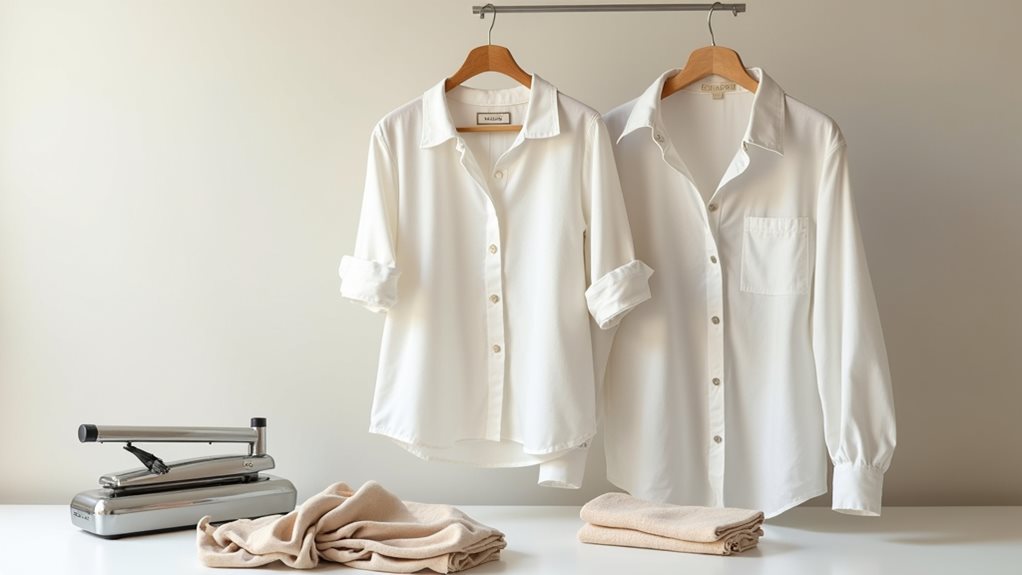
Although you might think tossing everything into your home washing machine is the ultimate convenience, professional dry cleaning services actually offer some pretty compelling advantages that can transform how you care for your favorite clothes.
Expert dry cleaners possess specialized knowledge about delicate fabrics like silk and wool, treating each garment with precision that your washing machine simply can’t match. They’ll remove stains that would otherwise become permanent fixtures, using eco-friendly cleaning solvents that protect both your clothes and the environment.
Professional finishing techniques leave everything crisp and perfectly pressed, while convenient pickup and delivery options save you time. This professional laundry approach maintains quality and appearance far better than home washing, making it an incredibly smart garment care investment.
The dry cleaning process is particularly effective at removing oil-based stains that water-based washing methods often struggle to eliminate completely.
Potential Drawbacks and Limitations of Dry Cleaning
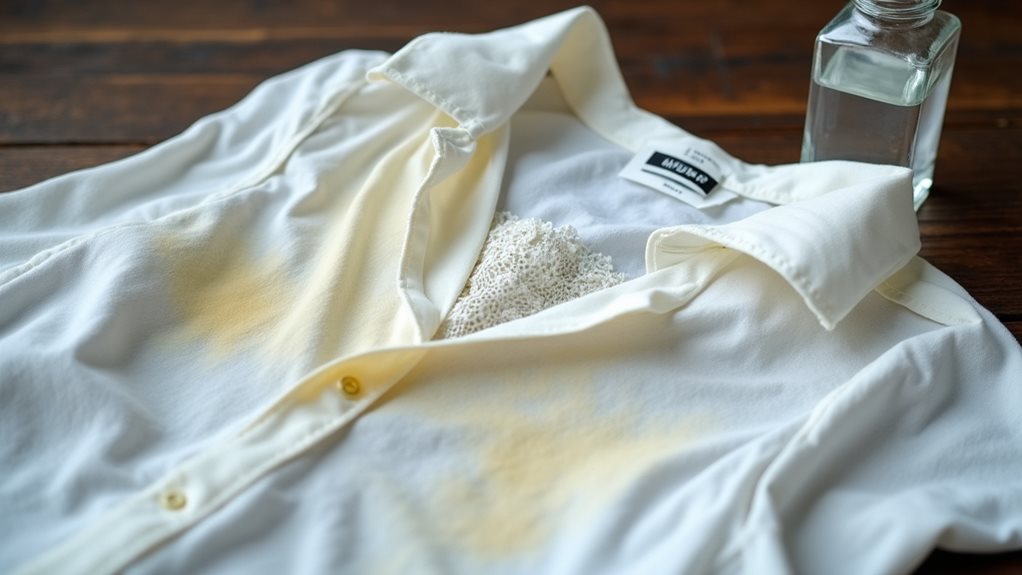
How could something that makes your clothes look so professionally polished possibly have downsides, you might wonder?
Well, dry cleaning isn’t perfect, and I’ve learned this through some expensive lessons 💸. The solvents used, particularly perchloroethylene, bring health risks and environmental concerns that make me think twice.
Some delicate items aren’t suitable for dry cleaning at all—I once watched my favorite beaded dress come back looking like it survived a tornado.
Frequent dry cleaning causes wear on fabrics over time, ironically shortening your garments’ lifespan. Plus, it’s an expensive choice that can drain your budget quickly, and limited accessibility means you’re stuck if there’s no cleaner nearby.
The health concerns extend beyond dry cleaning workers to customers themselves, as freshly cleaned garments can expose you to carcinogenic effects and respiratory irritation from chemical residues.
Sometimes the convenience just isn’t worth the trade-offs.
When to Choose Washing Over Dry Cleaning
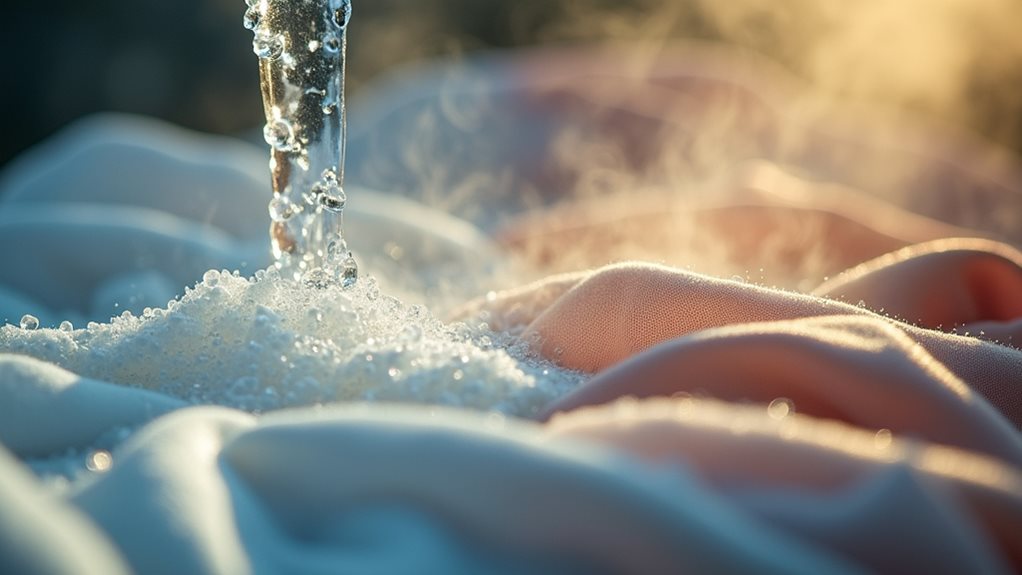
Why spend twenty dollars dry cleaning your favorite jeans when a simple wash cycle would do the trick just as well?
You’ll save money and achieve better results by choosing washing over dry cleaning for everyday fabric like cotton, polyester, and denim. These materials can handle water and detergent without losing their shape or color, making traditional laundering the more suitable option.
When you’re dealing with sweat stains or body oils, washing proves far more effective than dry cleaning because water-based solutions break down these particular stains better than chemical solvents.
Always check your garments’ care label first – you’d be surprised how many clothes are designed specifically for machine washing rather than expensive dry cleaning treatments.
Before attempting to wash any “dry clean only” item at home, test for color bleeding on a hidden area using cold water and mild detergent to avoid potential damage.
Trust the label, trust your instincts, and save your wallet!
Making the Right Choice for Your Garments
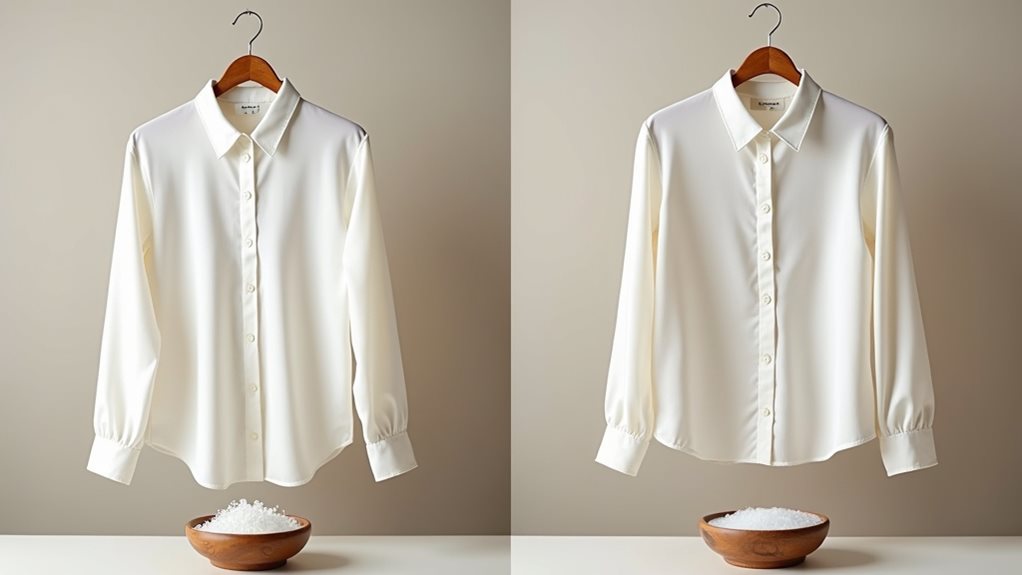
When I first started building my professional wardrobe, I’ll admit I made some pretty costly mistakes by tossing everything into the washing machine without a second thought, which taught me the hard way that understanding your garments’ specific needs can save you both money and heartbreak.
Now I religiously check every care label before deciding between washing and dry cleaning, especially for delicate fabrics like silk blouses that once emerged from my washer looking like expensive rags 😅.
Professional cleaning becomes vital when dealing with oil-based stains, embellishments, or structured pieces where the solvents used won’t damage the quality of garments.
This thoughtful maintenance approach helps extend the life of your favorite pieces greatly.
